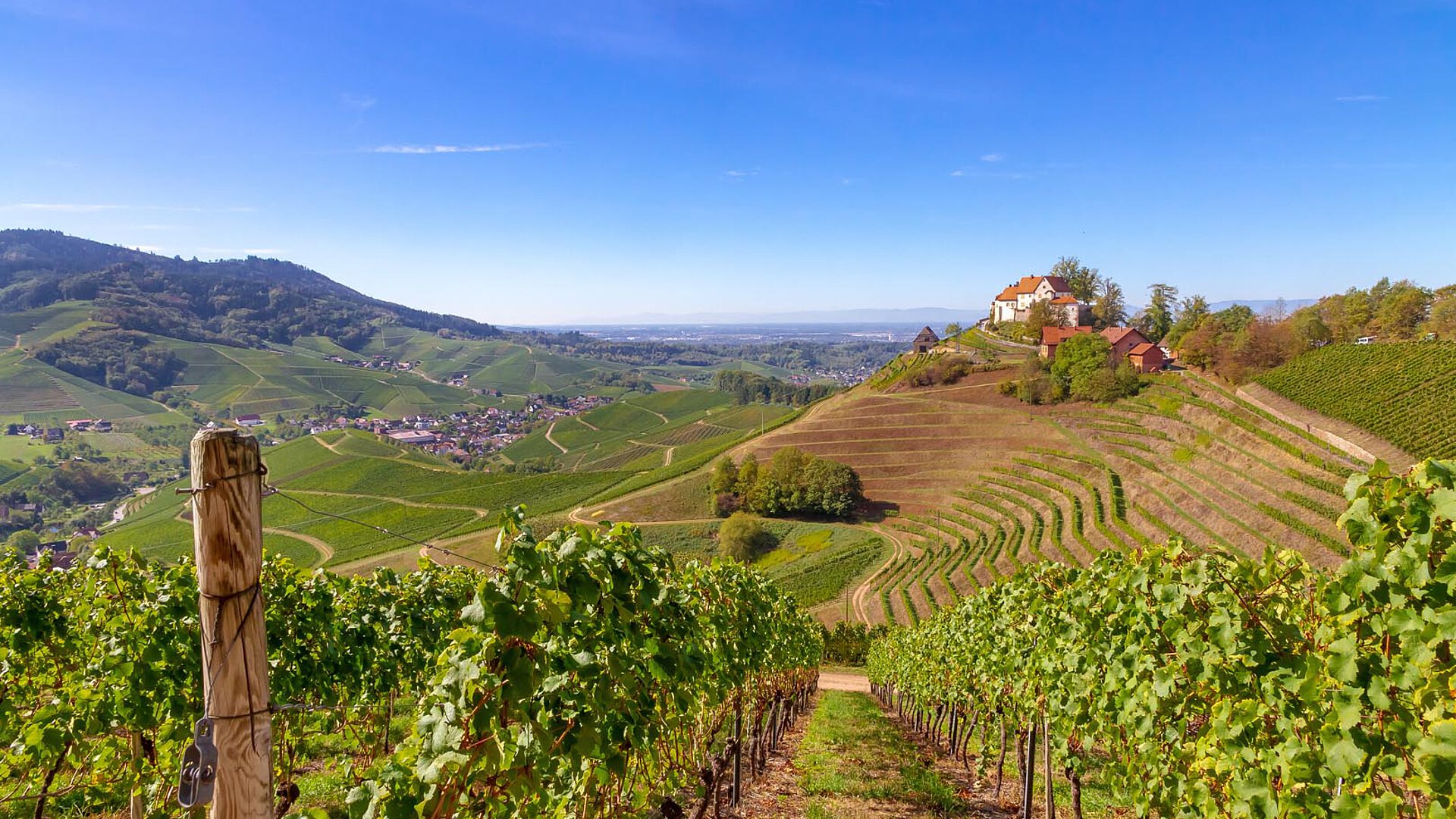Farmtravel glossary
All the Agritourism terms you need to know.
M
Mill
- Kategorie:
- M
What is a Traditional Mill and How Does it Work?
Power-driven structures that revolutionized food processing, combining mechanical engineering with traditional craft to transform raw materials into refined products.
These ingenious facilities showcase historical processing methods and renewable energy use, demonstrating early industrial innovation.
Power Sources
Energy systems:
- Water Wheel: Stream power
- Wind Sails: Air power
- Animal Drive: Mechanical force
- Steam Engine: Later addition
- Electric Motor: Modern conversion
Mechanical Systems
Core components:
Processing Equipment
- Grinding Stones: Material processing
- Gear Systems: Power transfer
- Sifting Devices: Product sorting
- Loading Mechanisms: Material handling
- Storage Solutions: Product management
Building Design
Structural elements:
- Foundation: Stability control
- Floor Layout: Process flow
- Height Planning: Gravity use
- Access Points: Material movement
- Storage Areas: Product protection
Production Process
Operating sequence:
- Grain Reception: Material intake
- Cleaning Stage: Initial preparation
- Grinding Process: Core operation
- Sifting Phase: Product refinement
- Storage System: Final handling
Modern Relevance
Contemporary value:
- Working Museum: Active demonstration
- Educational Site: Technical learning
- Heritage Center: Historical preservation
- Tourist Attraction: Cultural experience
- Artisanal Production: Traditional methods
Mills represent the perfect fusion of natural power and human ingenuity. These structures continue to captivate visitors, demonstrating sustainable power use while preserving traditional processing methods.

